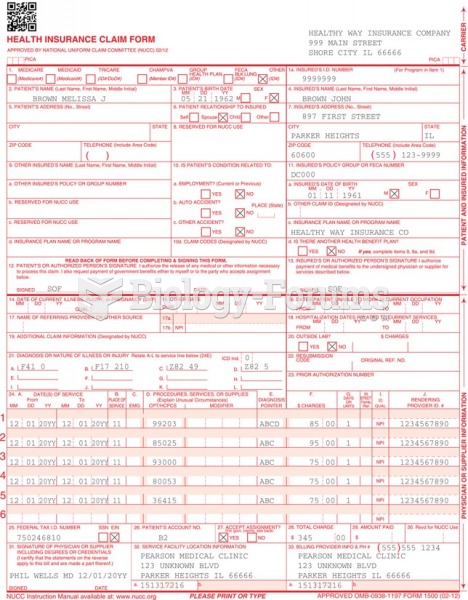|
|
|
The average human gut is home to perhaps 500 to 1,000 different species of bacteria.
Oxytocin is recommended only for pregnancies that have a medical reason for inducing labor (such as eclampsia) and is not recommended for elective procedures or for making the birthing process more convenient.
There are over 65,000 known species of protozoa. About 10,000 species are parasitic.
It is believed that the Incas used anesthesia. Evidence supports the theory that shamans chewed cocoa leaves and drilled holes into the heads of patients (letting evil spirits escape), spitting into the wounds they made. The mixture of cocaine, saliva, and resin numbed the site enough to allow hours of drilling.
The most common treatment options for addiction include psychotherapy, support groups, and individual counseling.







